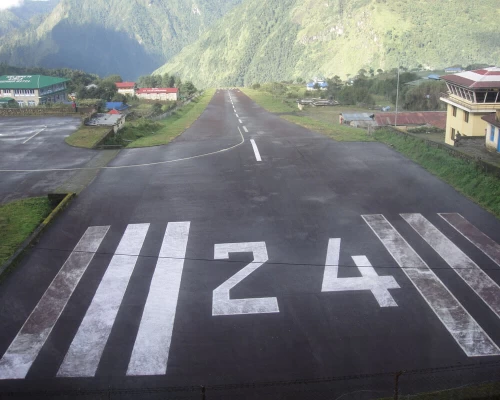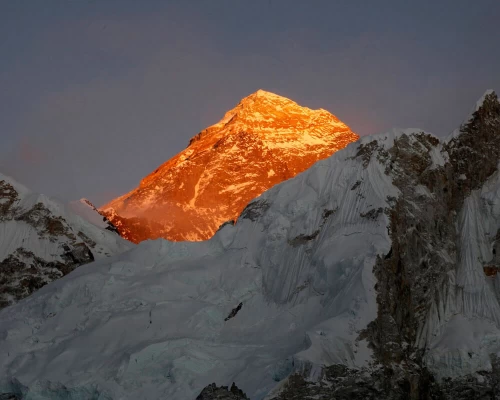Everest Base Camp Trek is an unbelievable experience that will introduce you to stunning views of the highest mountains in the Himalayas, including Everest and Ama Dablam. Everest Base Camp Trekking is defined as The Giant of Giants. This is also among the classic treks of the world. Since Sir Edmund Hillary and Sherpa Tenzing Norgay summitted Everest in 1953, many trekkers have visited The Land of the Sherpa, resulting in this trail evolving into one of the most popular trekking destinations in the world today. It offers so much more than trekking through an extraordinary landscape with Himalayan views. It’s a cultural and spiritual adventure as well. It has the potential to be life-changing. One of the considerable highlights of Everest Base Camp Trekking is Sagarmatha National Park, a UNISCO World Heritage site, Which is famous for Himalayan flora and fauna including musk deer, Derow, Ghoral and Himalayan Thar as well as red-billed chough, impheyan pheasant, blood pheasant and yellow-billed chough. The Himalayan flora here shelters these birds and wildlife.
Best Season in Nepal
The trek commences with a sightseeing tour in Kathmandu, UNESCO World Heritage site, a cultural, religious and historical sites visit and then an exciting flight to the mountain airstrip takes us to Lukla from Kathmandu. The airport at Lukla was built by Edmund Hillary and he named it the Tenzing Hillary Airport after himself and his famous Sherpa guide. From there, we will follow in the footprints of famous mountaineers for the walk into Everest Base Camp. You will see colorful prayer flags and a number of monasteries along the way, as you will find yourself in the middle of the Buddhist Sherpa country.
Altitude Sickness
The entire Everest Base Camp Trekking has been planned in a way that it includes sufficient time for the essential altitude acclimatization. This means spending a day climbing high then coming back down to sleep. We want you to succeed on this trek so all precautions are taken by our experienced crew to minimize the risk of suffering from altitude sickness. This sickness can severely impact on your trekking experience.
Our route to Everest Base Camp Trekking will guide you through beautiful Sherpa villages in the Khumbu region (also known as Everest region). Namche Bazaar is the colorful and vibrant heart of Sherpa country. The trek will also give you an opportunity to visit the main monasteries at Tengboche and Pangboche. Further, the trail through Sagarmatha National Park will be an astonishing experience. The highlight of this trekking itinerary will be the walk up to the top of Kala Patthar – from there you can get spectacular panoramic views of the famous mountains – Everest, Lhotse, and Nuptse.
The Everest Base Camp Trekking trails through some of the most fabulous scenery and through small villages, giving you a strong sense of how the local peoples have adapted to life in this unique part of the world. This entire trek will give you limitless photographic* opportunities as well as be inspiring Himalayan views, you will experience Khumbu Glacier, junipers and alpine scrub of the Sherpa region, and rhododendron forests of the beautiful valleys.






